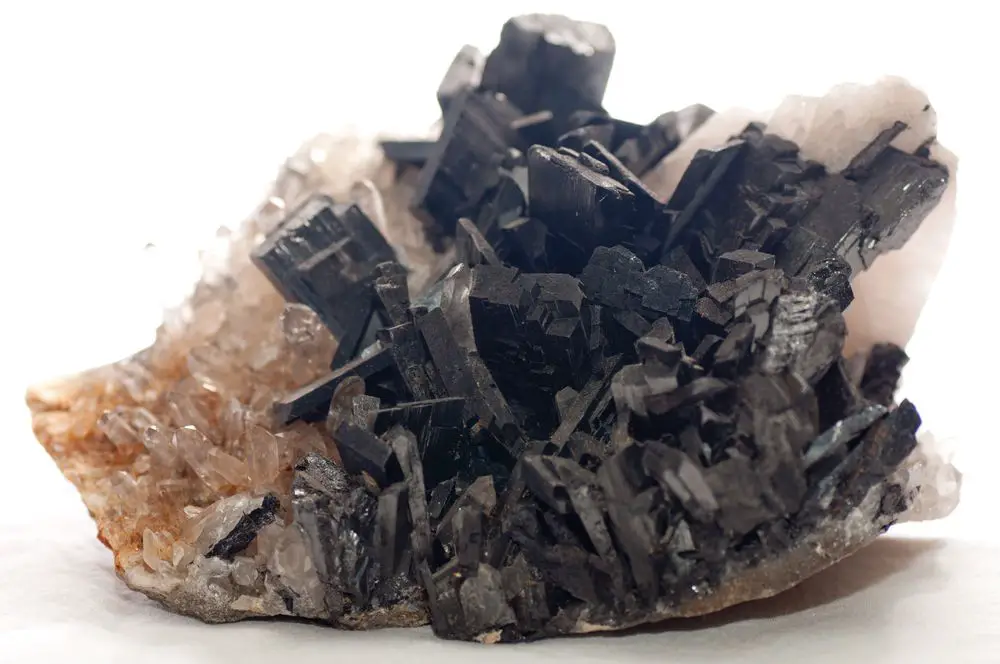Tungsten is an element found on the periodic table and has been used for centuries. Although it is not one of the five classic precious metals, it still has many qualities that make it valuable, especially in modern times.
Is Tungsten a Precious Metal?
No, Tungsten is not precious metal. Nine precious metals are iridium, rhenium, ruthenium, rhodium, palladium, osmium, platinum, silver, and gold. Tungsten does not have high commodity price levels, such as precious metals.

Tungsten is known for its exceptional strength and durability, making it a widely desired material in industrial applications. Its name comes from the Swedish language, where “tung” means heavy and “sten” means stone. This reflects its reputation as having the highest melting point of any naturally occurring metal at 6192°F (3422°C). It also has a higher density than other metals, weighing around 19 times more than water while occupying only twice the volume. Its superior tensile strength makes it ideal for drills, saw blades, and various machining applications. It can also be alloyed with other metals to create solid and heat-resistant steels.
Tungsten features
- High melting point: Tungsten has the highest melting point of all elements, making it suitable for high-temperature applications.
- Hardness: Tungsten is a hard and strong metal, making it ideal for cutting and wear-resistant applications.
- Density: Tungsten has a high viscosity, making it useful for applications such as counterweights and ballast.
- High-temperature resistance: Tungsten has excellent high-temperature resistance, making it useful in furnace linings and other high-temperature applications.
- Electrical conductivity: Tungsten has good electrical conductivity, making it useful in electrical and electronic applications.
- Corrosion resistance: Tungsten has good corrosion resistance, making it suitable for harsh environments.
- Versatility: Tungsten can be used in various applications, including high-temperature furnace linings, electrical and electronic applications, and cutting tools.
- Low thermal expansion: Tungsten has a low thermal expansion, making it useful in applications where dimensional stability is essential.
Despite these practical uses, tungsten still maintains some of its statuses as a precious metal due to its rarity. Along with gold, silver, platinum, and palladium, tungsten is considered scarce because of how little it can be found in nature compared to other elements. This scarcity increases its desirability from both an industrial standpoint as well as from jewelry collectors who value pieces with rare materials. As such, some jewelry designers have begun creating rings and other details with tungsten because of its unique properties.
Regarding cost-effectiveness, tungsten is generally cheaper than platinum or gold but more expensive than steel or aluminum alloys when used for industrial purposes. Even though some consider it primarily an industrial metal rather than a precious one; there are still plenty of reasons why many people find value in using this valuable element for both practical and decorative purposes alike.
If you like bills and coins, you should learn more about Gold and Silver IRAs. You can protect your retirement fund if you invest in IRA precious metals. Investors with gold IRAs can hold physical metals such as bullion or coins. Get a free pdf about Gold IRA.
GET GOLD IRA GUIDE
If you do not want to own them in physical form precious metals, you can trade gold, silver, and metals as CFD with the minimum commission:
























